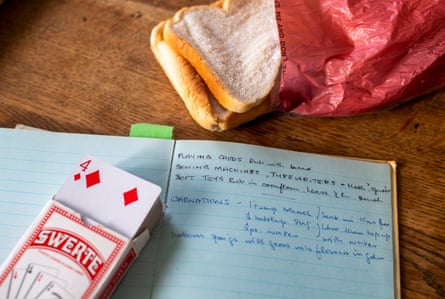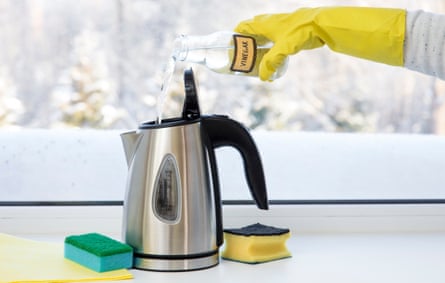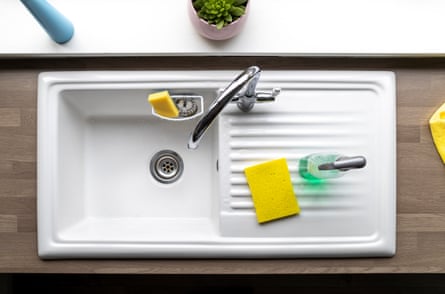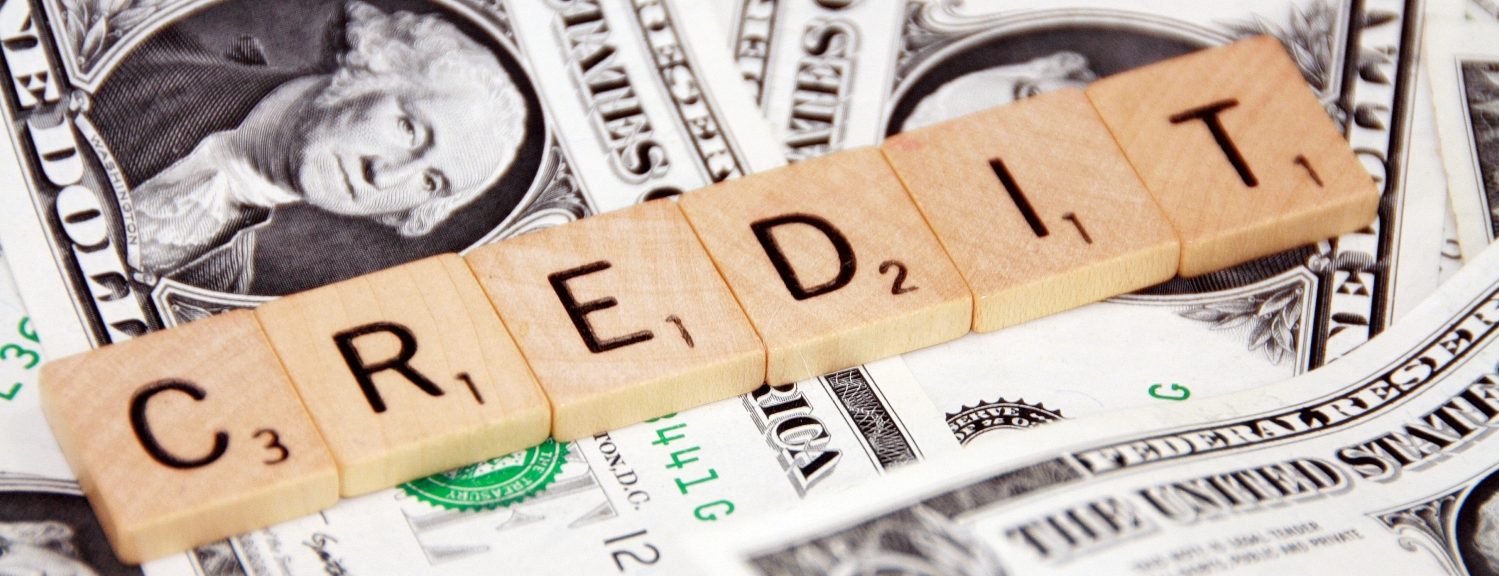My late mother-in-law, Lyn, was not a traditional 1950s housewife. Born in 1928, she didn’t marry until the ancient (for the time) age of 29. Lyn was more likely to be out on her bike than scrubbing the front step, so I was surprised to find several pages of housework tips in the back of her handwritten recipe books.
A young adult through years of rationing, Lyn was always frugal. Could her hints help me spring-clean affordably and sustainably in 2023?
As with food and drink and other basics, the price of cleaning products has risen sharply in recent months, and only a few days ago, Unilever – the firm behind household cleaning and hygiene brands such as Cif and Domestos – warned that what we pay for these sorts of items will continue going up this year.
The cost of living crisis has spurred a wave of interest in simple cleaning hacks that can help people save money, so I decided to give Lyn’s a spin.
I started with her white vinegar-based tips.
It was with some trepidation that I took her advice to “pour boiling vinegar around the bath to remove hard water or dripping tap stains”.
 View image in fullscreenIsabelle’s late mother-in-law, Lyn, wrote several pages of housework tips in the back of her handwritten recipe books. Photograph: Isabelle Davies
View image in fullscreenIsabelle’s late mother-in-law, Lyn, wrote several pages of housework tips in the back of her handwritten recipe books. Photograph: Isabelle Davies
The vinegar bubbling on the hob stank but I boiled it in a well-ventilated area and was careful not to inhale the fumes.
I used the steaming liquid around the bath, applied it to yellow stains between the bathroom floor tiles, and filled a very stained white porcelain oil burner with a good amount.
I kind of wanted it not to work – steaming pans of acidic liquid and the clumsy are a recipe for disaster – but it did. A sparkling bath, stain-free floor and an oil burner that looks good as new.
And the bathroom didn’t smell like a chippy, as I’d feared – the vinegar stink dissipates quickly.
Not wanting to waste the remaining hot vinegar, I next tested Lyn’s tip “[to] remove paint from windows with hot vinegar and a razor blade”.
It worked a treat: the vinegar softened but didn’t dissolve the paint, so it came off in one piece on the blade.
I mixed the last of the vinegar with water to try two more tips: cleaning windows and ridding shoes of salt marks.
Lyn was right: “A little vinegar in water makes glass sparkle.” Whether it “helps KEEP AWAY FLIES” (she really hated them), we will have to wait and see.
As I live by the sea and love to walk on the beach at low tide in ill-chosen footwear, I did as Lyn instructed with a pair of salt-stained boots: “Rub in half vinegar, half water then dry and brush.”
The boots now look presentable, although there’s nothing to be done about the watermarks besides learning not to splash in rock pools in leather.
“Lavatories: make paste of borax and lemon juice to remove stains or rings in pan,” was another successful tip.
You can remove rust from cake tins by using Lyn’s tip to ‘rub with cut raw potato in scouring powder’
Borax was banned in the UK some years ago, so I used bicarbonate of soda (£1.19 for 500g from the Savers website) instead.
While I had to get more hands-on with the paste than you do with a bottle of bleach and a toilet brush, the toilet smelled good and sparkled afterwards, although it didn’t really work on the plastic seat.
You can remove rust from cake tins by using Lyn’s tip to “rub with cut raw potato in scouring powder”. I made a green scouring powder out of lemon peel (dried out and ground to a fine powder in a coffee grinder), salt and bicarbonate of soda, and the potato and powder combo did remove the rust.
Lyn’s advice for cleaning carpets to “sprinkle generously with oatmeal, salt or cornflour, leave for half an hour then vacuum” was challenged with a dog sick stain left by a friend’s pooch.
 View image in fullscreenIsabelle Davies tries out her late mother-in-laws white vinegar cleaning tip on the bath. Photograph: Jill Mead/The Guardian
View image in fullscreenIsabelle Davies tries out her late mother-in-laws white vinegar cleaning tip on the bath. Photograph: Jill Mead/The Guardian
The oatmeal made no difference, the salt did better but the cornflour won, definitely lightening the stain and a money-saver, too, as I already had cornflour in the cupboard.
But here, Lyn’s good advice ran out. My burnt pan was not rescued by following her advice to “fill with a strong sol’n [sic] of salt water, leave overnight, bring slowly to the boil”.
Nor did hot tea remove the marks on a mahogany bedside table, and I decided not to try Lyn’s other suggestion of hot beer, preferring to drink it.
I was hopeful that one of her tips could rescue my tarnished silver jewellery but rubbing it with used lemon halves, wiping with a warm, damp cloth and polishing with a soft, dry one was messy and made little difference.
I struggled to test Lyn’s intriguing suggestion to clean grubby playing cards with bread. Not even a friend with three young kids could provide me with visibly dirty playing cards. What had Lyn done to hers to make them so grimy?
And Lyn’s advice that “dirt can be removed [from wallpaper] with stale bread” just resulted in crumbs on the skirting board.
 View image in fullscreenLyn suggested cleaning grubby playing cards with bread. Photograph: Jill Mead/The Guardian
View image in fullscreenLyn suggested cleaning grubby playing cards with bread. Photograph: Jill Mead/The Guardian
I’d love to know how many of these tips Lyn used herself. I’ll definitely use vinegar on limescale again, and the lemon bicarb paste for the toilet.
Armed with the knowledge of how to clean salt from leather, I’ll also carry on wearing inappropriate footwear to the beach at low tide with her son. We’ll remember Lyn as we clean the sea stains from our shoes.
How an expert makes light work of the kitchen
An expert has shared some top low-cost tips for cleaning the kitchen, which in some cases will also help make appliances more energy-efficient.
Kettle
You should descale your kettle every two months or less, especially if you live in a hard water area, says Ivan Ivanov at the cleaning firm End of Tenancy London. “Simply fill your kettle with half white vinegar and half water, then boil it. After pouring it out, repeat this step. You can also soak it overnight and wait for the limescale to come off.”
 View image in fullscreenWhite vinegar can be used to descale your kettle. Photograph: Helin Loik-Tomson/Getty Images/iStockphoto
View image in fullscreenWhite vinegar can be used to descale your kettle. Photograph: Helin Loik-Tomson/Getty Images/iStockphoto
Oven
Ivanov says try giving it an initial going-over with a vacuum cleaner to get rid of “any leftover charcoaled bits and crumbs” prior to scrubbing. Cleaning the racks in the bath may be easier than trying to do it in the kitchen sink. “However, be sure to use a bathtub hair catcher, as otherwise large chunks of grime can clog up your drains.”
Fridge
Cleaning your fridge’s coil can make it more energy-efficient, as too much dust means it has to work harder to keep your food cool. Take off the panel at the back, and use a vacuum cleaner to get rid of the buildup. Ivanov says: “To clean the interior, we recommend simply using baking soda or white vinegar and warm water. Apply a soft cloth to rub the interior and rinse it afterwards.”
Kitchen sink
To keep things flowing and prevent nasty odours, Ivanov suggests putting a dishwasher tablet over the top of the plug and running boiling water so that it dissolves. “This should unblock some of the grime and leave it smelling fresh.”
 View image in fullscreenKeep your kitchen sink smelling fresh. Photograph: SolStock/Getty Images
View image in fullscreenKeep your kitchen sink smelling fresh. Photograph: SolStock/Getty Images
Air fryer
These have sold by the bucketload amid soaring energy bills. Remove the tray from the air fryer and gently clean all the available areas. If the mess is a bit too stuck-on, you could use an old toothbrush, Ivanov suggests. “Whatever works best for you, provided you’re cleaning effectively but not pushing so hard as to remove any of the heat-proof coating on the inside of the air fryer tray.”
Jess Clark
Always use caution when trying out new cleaning substances and test on small hidden areas first.






